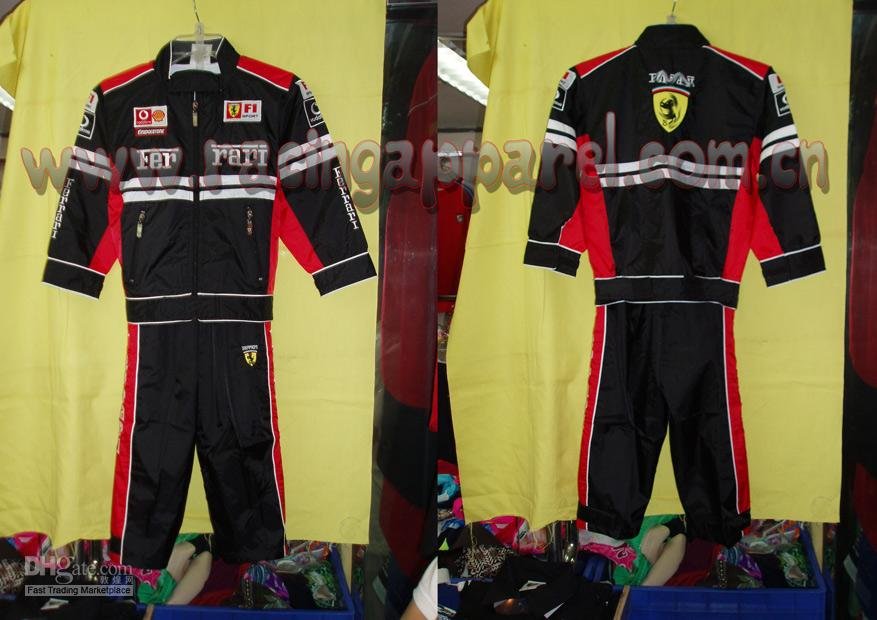
Formula One drivers often look like walking advertising hoardings. Their multi-coloured overalls are full of the logos of their sponsors as every single last piece of material is covered with the names and badges of the companies that support the teams.
But the overalls the drivers wear are not just sponsor billboards, because they have a much more important use. The all-in-one overalls have to be worn for safety reasons – which is why they are worn whenever the car is being driven The days of drivers wearing a shirt, trousers and flowing silk scarf to fight it out for grand prix glory are long gone. Now drivers are decked out in all sorts of safety apparel: overalls, boots, gloves, and more. The following sections explain function and safety features of what drivers wear when they race.
Overalls and undies
The driver’s overalls look similar to a baby’s romper suit. They zip up the front and cover their arms and legs. These suits are made of a special material called Nomex that is fire-resistant. The sport’s governing body, the FIA, demands that the material used must protect a driver from a fire of up to 700 degrees centigrade for at least 12 seconds – and the sponsors’ logos have to comply with this as well.
To increase the drivers’ protection, they also wear T-shirts, underwear and socks all made of Nomex. All of this makes it very hot in the car for the driver, but it is a small price to pay in the quest for safety.
Boots, gloves and other accessories
The use of Nomex is not just restricted to the overalls and underwear because the boots and gloves that the drivers wear are also made of this modern fabric – although comfort issues have to be considered in these areas. Gloves will be trimmed with leather to make sure that there is no chance of them slipping off the steering wheel at 200 mph, while the soles of the racing boots are very thin and made of rubber to ensure that the driver can feel exactly what is going on with the pedals. Although the overalls may provide protection in the event of serious fires, they do not protect the drivers from the bumps and heat of a Formula One cockpit. Some of the top stars also wear knee and ankle protectors to prevent bruises, while drivers have been known to get heat blisters from the bottom of their car.
Driving is a dirty business and racing overalls are in a far from pristine condition at the end of the race – covered in sweat, oil, dirt and, if a driver has been successful, champagne. Some teams provide their drivers with a special jacket after the race that looks like the top half of their overalls so that they look pristine for the television cameras. These overalls have been nicknamed “bullet-proof vests” because they are made of specially toughened material to make sure the sponsors’ logos are completely flat and fully visible in photos and on television.

No comments:
Post a Comment